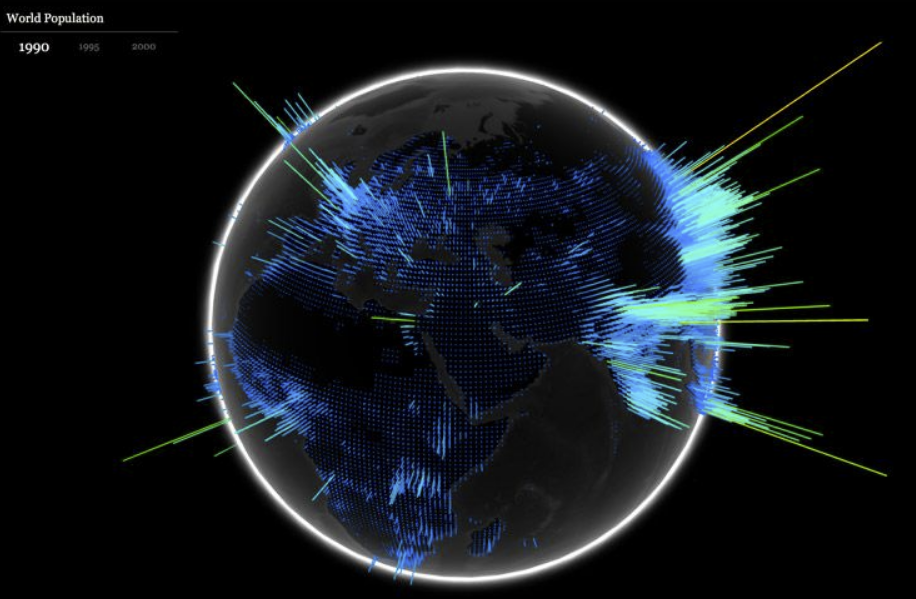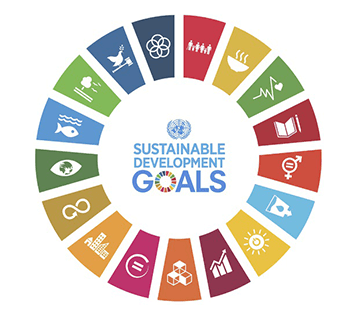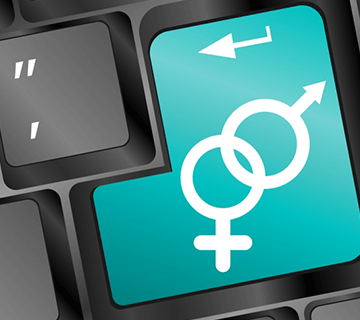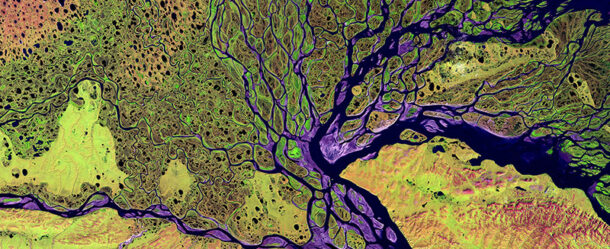Inclusive Artificial Intelligence
Re-imagining Human Rights in the Age of AI
Program Area:
Emerging Tech
Location:
Global

Advocating for standards based on human rights norms to ensure equality as all public and private spaces are increasingly affected by artificial intelligence.
The Challenge
Society is increasingly being forced to confront the erosion of human rights from technological advances. For example, AI-driven facial recognition is being used for surveillance and even to identify gay and lesbian persons. Last year, private and public sector companies came together to sign the Toronto Declaration, which aims to prevent discrimination resulting from advances in AI, particularly machine learning. The importance of the declaration is highlighted in its Preamble:
“We acknowledge the potential for machine learning and related systems to be used to promote human rights, but are increasingly concerned about the capability of such systems to facilitate intentional or inadvertent discrimination . . . In relation to machine learning and artificial intelligence systems more broadly, states should promote the positive right to the enjoyment of developments in science and technology as an affirmation of economic, social and cultural rights.”
Research Insights
ICAAD understands the benefits of AI and machine learning. Our TrackGBV (identifying gender bias in the judiciary) and TrackSDGs (converting qualitative human rights information into quantitative insights) programs used machine learning tools to enhance our data-driven human rights work. Therefore, ICAAD found it imperative to not only become one of the early signatories of the Toronto Declaration, but to dedicate greater internal resources to understanding the full scope of AI’s impact on society and human rights law.
One of our major concerns is the limited extent to which human rights are considered in discussions around the ethics of AI, which most often focus on the U.N. Guiding Principles on Business & Human Rights, UDHR, ICCPR, and ICESCR. These discussions leave out critical treaties on race, gender, disability rights, migrant rights, etc. Thus, extensive mapping of all international human rights norms, including the Sustainable Development Goals (SDGs), have not been sufficiently covered.
Our Strategy
Our first goal is to connect regional and international human rights instruments, including the SDGs, to human rights violations resulting from AI. This would be mapped across the spectrum of all AI-related harm (focusing on discrimination) that has already resulted, or could result from emerging AI-technologies.
As AI progresses, lawyers and advocates must ask a fundamental question: is our current legal framework, specifically international human rights law, agile enough to keep pace with the exponential growth and application of artificial intelligence (AI) in almost every domain of our society? Legal systems, including international law, cannot afford to be reactive in this space much longer. Two of the great failures of international law have been its inability to ensure collective action to protect populations from serious human rights violations/ harm, such as in the case of genocide and ethnic cleansing in Rwanda, Yemen, Syria, and South Sudan, and the prioritization of civil and political rights over economic, environmental, social, and cultural rights.
Going forward, international law will have to be rapidly adaptable, efficient, and collectively enforceable at a global scale if it hopes to effectively address the challenges posed by AI. Additionally, it will need to focus on the domains that AI will impact most heavily – economic, social, civil, political, and cultural rights. Before considering massive structural legal reform, we need to ask the right questions about the impact of technology decades into the future and assess how the legal field, which has increasingly seen the integration of AI into legal practice, can evolve to be better placed to address the impact. Our second goal would be the development of a strategic assessment that will argue for a methodology on how international law can be better positioned to anticipate a rapidly changing future.






